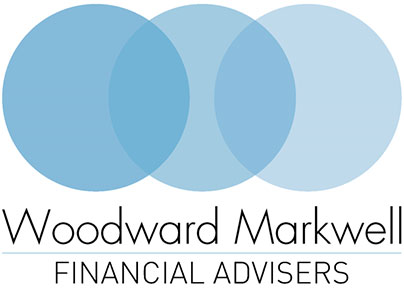
23rd October 2025
Unlocking financial freedom
SAVE, INVEST AND GROW YOUR WEALTH FOR A SECURE FUTURE
A Self-Invested Personal Pension (SIPP) is a type of personal pension that provides you with greater control over how and where your retirement savings are invested. While it operates similarly to a standard personal pension by allowing you to save, invest and grow your wealth, SIPPs stand out because of the flexibility they provide. They enable you to choose from a wider range of investment options, allowing you to tailor your investments to suit your personal goals and risk tolerance.
A key benefit of pensions generally, and SIPPs in particular, is tax relief. This can substantially boost your retirement savings. When you contribute to a SIPP, the government offers tax relief according to your Income Tax rate. For instance, if you’re a basic rate taxpayer, a£100 contribution only costs you £80, as the government adds the remaining £20. Higher and additional rate taxpayers can claim even more through their tax returns. This tax-efficient setup enables your pension fund to grow more quickly.
INVESTMENT OPTIONS AND PORTFOLIO FLEXIBILITY
Unlike typical personal pensions, which may restrict you to a limited range of investment options, the top SIPPs provide access to a wide array of assets. From individual shares and investment funds to government bonds, commercial property and more, this flexibility enables you to create a personalised portfolio. Whether you prefer managing these investments yourself or working with a professional, SIPPs can be tailored to meet your specific requirements.
This level of customisation could appeal to experienced investors who want to actively manage their retirement fund. However, if you prefer to leave the detailed work to someone else, some providers offer managed account services or pre-selected portfolios.
HOW SIPPS WORK WITH ANNUAL ALLOWANCES
SIPPs operate within the tax rules that apply to all pension types. The annual allowance for pension contributions in the current 2025/26 tax year is £60,000. This includes both your personal contributions and those made by your employer.
However, you cannot personally contribute more than 100% of your UK-earned income or £ 3,600 per annum, if more, as tax-relievable contributions. Additionally, if you are a very high earner, your annual allowance might be reduced to as little as £10,000 due to tapering rules. These complexities mean that professional advice could be essential for maximising your allowances effectively.
/// CONTINUE READING THIS BLOG ON PAGE 4/5 ( CLICK HERE)///
This article does not constitute tax, legal or financial advice and should not be relied upon as such. Tax treatment depends on the individual circumstances of each client and may be subject to change in the future.
For guidance, seek professional advice. The value of your investments can go down as well as up, and you may get back less than you invested.
A pension is a long-term investment not normally accessible until age 55 (57 from April 2028 unless the plan has a protected pension age). The value of your investments (and any income from them) can go down as well as up, which would have an impact on the level of pension benefits available.
